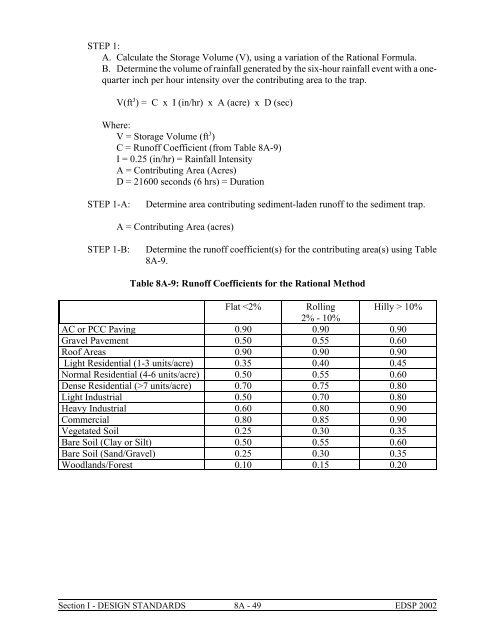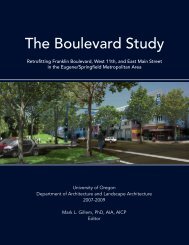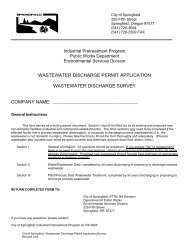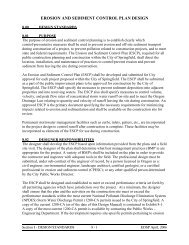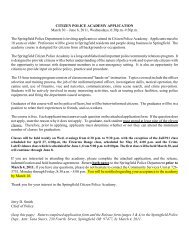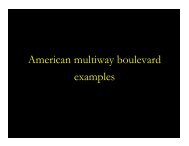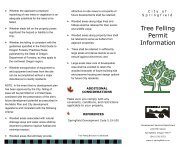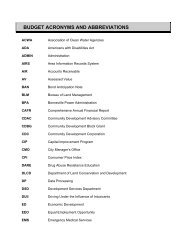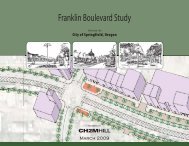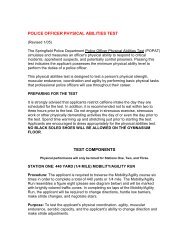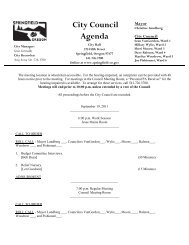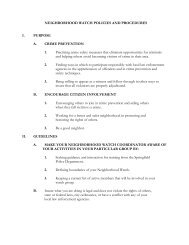Figure 8A-12D: Inlet Protection (Type 4)
Figure 8A-12D: Inlet Protection (Type 4)
Figure 8A-12D: Inlet Protection (Type 4)
Create successful ePaper yourself
Turn your PDF publications into a flip-book with our unique Google optimized e-Paper software.
STEP 1:A. Calculate the Storage Volume (V), using a variation of the Rational Formula.B. Determine the volume of rainfall generated by the six-hour rainfall event with a onequarterinch per hour intensity over the contributing area to the trap.V(ft 3 ) = C x I (in/hr) x A (acre) x D (sec)Where:V = Storage Volume (ft 3 )C = Runoff Coefficient (from Table <strong>8A</strong>-9)I = 0.25 (in/hr) = Rainfall IntensityA = Contributing Area (Acres)D = 21600 seconds (6 hrs) = DurationSTEP 1-A:Determine area contributing sediment-laden runoff to the sediment trap.A = Contributing Area (acres)STEP 1-B:Determine the runoff coefficient(s) for the contributing area(s) using Table<strong>8A</strong>-9.Table <strong>8A</strong>-9: Runoff Coefficients for the Rational MethodFlat 10%2% - 10%AC or PCC Paving 0.90 0.90 0.90Gravel Pavement 0.50 0.55 0.60Roof Areas 0.90 0.90 0.90Light Residential (1-3 units/acre) 0.35 0.40 0.45Normal Residential (4-6 units/acre) 0.50 0.55 0.60Dense Residential (>7 units/acre) 0.70 0.75 0.80Light Industrial 0.50 0.70 0.80Heavy Industrial 0.60 0.80 0.90Commercial 0.80 0.85 0.90Vegetated Soil 0.25 0.30 0.35Bare Soil (Clay or Silt) 0.50 0.55 0.60Bare Soil (Sand/Gravel) 0.25 0.30 0.35Woodlands/Forest 0.10 0.15 0.20Section I - DESIGN STANDARDS <strong>8A</strong> - 49 EDSP 2002


